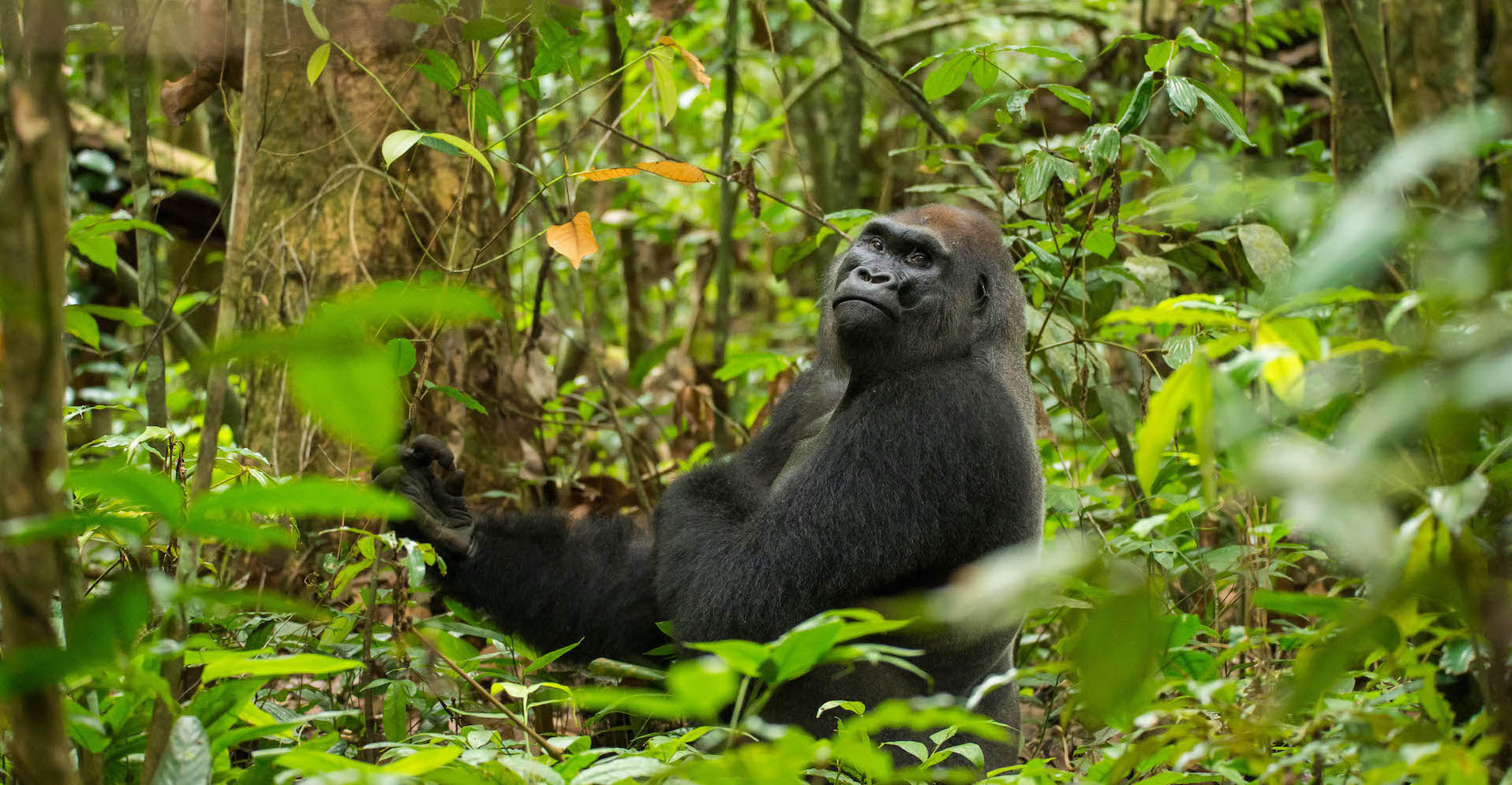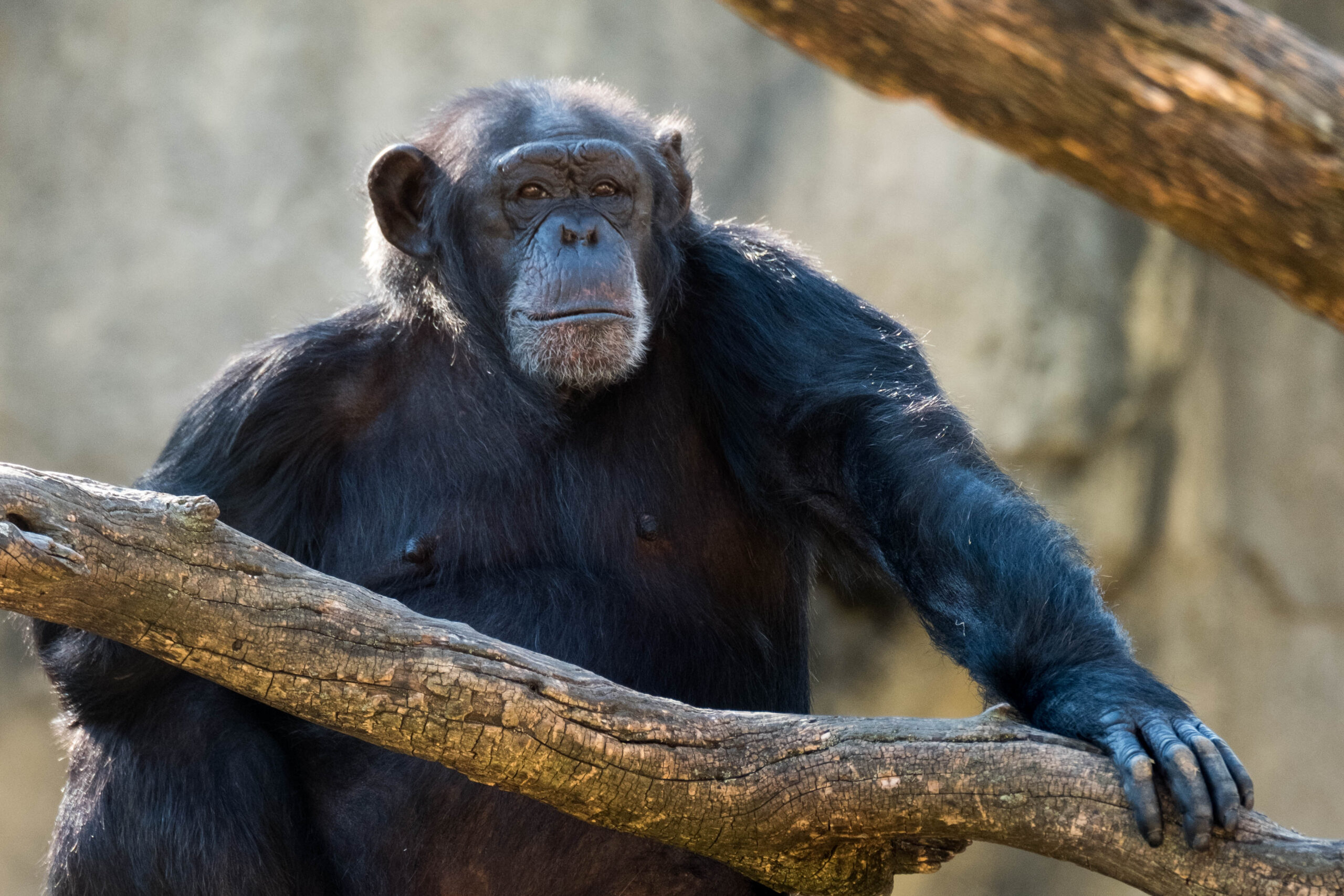
Curriculum
Course-Based Research Experiences for Undergraduate Students in Behavioral Ecology

The Course-Based Undergraduate Research Experience in Behavioral Ecology curriculum (CURE-BxEco) draws from our team’s combined experience of studying chimpanzee and gorilla behavioral ecology using multiple methods to offer new educational materials that we hope will inspire the next generation of scholars in ecology, evolution, and behavioral biology.
CURE-BxEco aims to provide the curriculum necessary for students across the globe to access independent research experiences in animal behavior and behavioral ecology. This curriculum includes instructional materials to teach students how to conceptualize, design, conduct, and report independent research projects using behavioral observations collected either in person or using freely accessible live animal webcams.
Follow this link to view and download the exhaustive CURE-BxEco curriculum, lectures, homework assignments, interobserver reliability workshops, live animal webcams database, and associated materials: https://wustl.az1.qualtrics.com/jfe/form/SV_a4eKoplsaAiVNOu.
We have also aimed to incorporate an open science initiative into the CURE-BxEco curriculum to provide students with training in open scholarship as well as catalyze expansive and comparative research by future students. Follow this link to view or contribute to the open access repository of student reports and associated observational data: https://osf.io/hqrzg/.
CURE-BxEco is based on a course offered in the Department of Anthropology at Washington University in St. Louis in close collaboration with the Saint Louis Zoo. Professor Robert Sussman began offering the Behavioral Research at the Saint Louis Zoo course as early as 1965. The CURE-BxEco curriculum shared here has been curated and is managed by Jake Funkhouser and Crickette Sanz with support from all members of the Goualougo Triangle Ape Project. We are grateful to all past and present administrators, curators, zoological managers, and caregivers at the Saint Louis Zoo who continue to support the students of this course. We also acknowledge the contributions of our colleagues who have taught or assisted in teaching past versions of this course.


